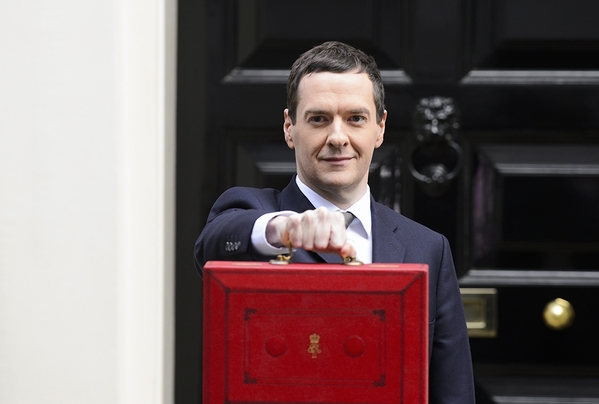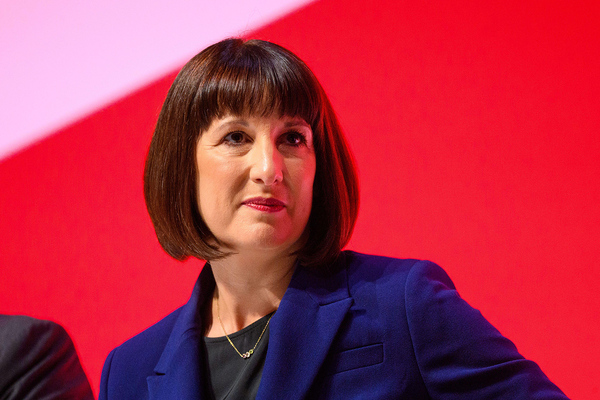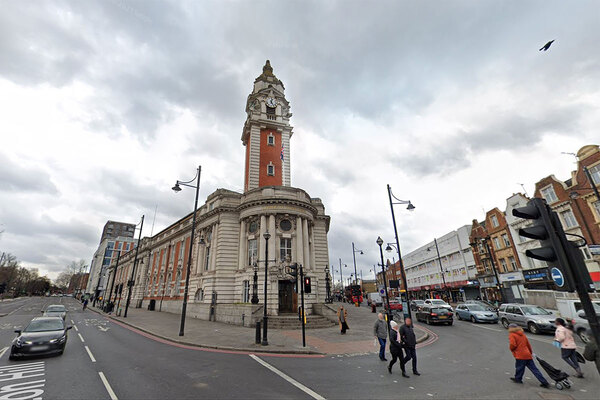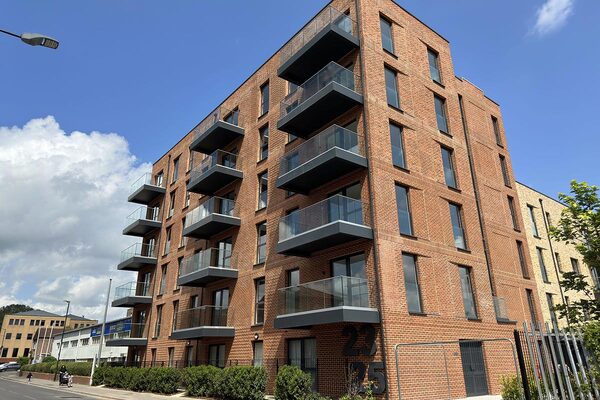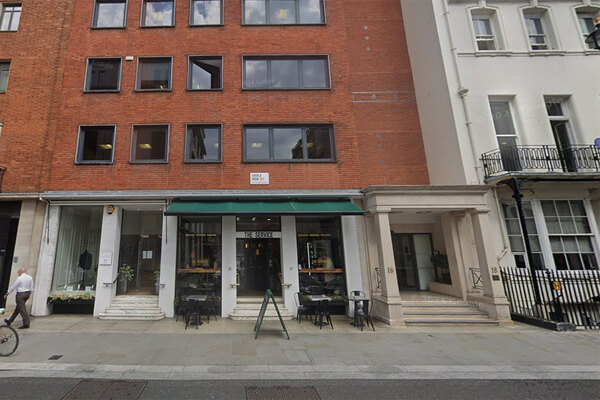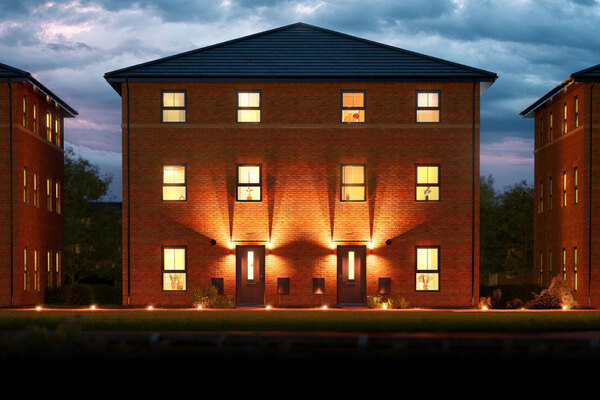You are viewing 1 of your 1 free articles
Help to Buy 'boosts housebuilding'
The government’s Help to Buy equity loan policy has led to a 14% increase in new homes built since the scheme began in 2013, an official report has estimated.
A study commissioned by the Department for Communities and Local Government (DCLG) concluded the policy by increasing demand had “met its objectives in terms of increased housing supply”.
Under the Help to Buy equity loan scheme, buyers receive a 20% government loan and are required to pay a 5% deposit.
Homebuyers can purchase homes at a maximum price limit of £600,000 with the scheme.
The analysis, by Ipsos Mori and the London School of Economics, found that one-third of all new build sales were made using Help to Buy equity loans between the beginning of the programme in April 2013 to June 2015.
Of these, 43% of homebuyers said they would not have been able to purchase a home without the scheme.
The report calculated that consequently, the Help to Buy equity loan programme contributed to 14% of total new build output. Developers told the report’s authors that investment in new homes was demand-led.
The number of private enterprise completions increased from 87,010 in 2013 to 92,750 in 2014, according to government figures. Private enterprise built 53,000 homes in the first two quarters of 2015.
“In the main, developers have seen improved confidence in the market and see Help to Buy equity loan making a strong contribution to the profile and awareness of the new build market,” the report said.
However, lenders expressed some concerns about the scheme, including possible mis-selling involving the advice given to buyers “and the perceived lack of borrower understanding of their loan arrangements”.
Two lenders had been forced to limit their exposure as they were getting too much business, the report said.
London Help to Buy – a variant of the scheme in the capital with a 40% government equity loan – opened for business earlier this month.



